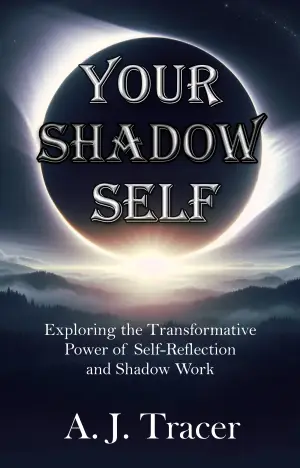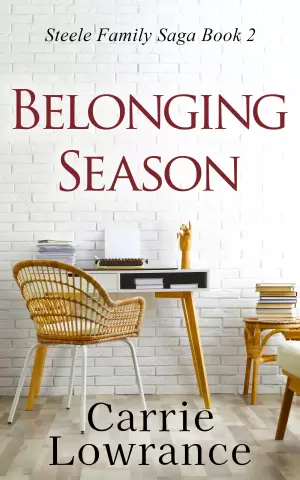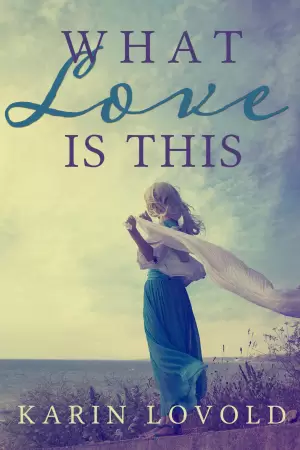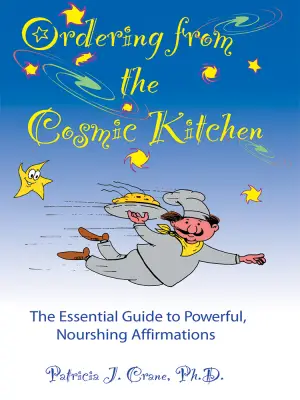A Deep Dive into The Robin on the Oak Throne
The moment I cracked open The Robin on the Oak Throne, the second book in the Oak & Holly Cycle by Megan Linde, I was instantly ensnared by its rich tapestry of Celtic myth and supernatural intrigue. Having been enchanted by the first installment, I was eager to see how Kierse McKenna’s journey would unfold, and I was not disappointed. This sequel delves deeper into the complexities of power, identity, and the quest for truth, transforming a heist into a profound exploration of self.
The story kicks off with Kierse once again bending the rules by stealing a goblin-made bracelet from the Queen of the Nymphs—a bold act that sets off a chain reaction leading her into the depths of ancient magic and moral dilemmas. I loved how Linde expanded her world from the gritty streets of New York into lush European landscapes where ancient Celtic magic thrives amid modernity. The vivid descriptions of these two worlds allow the reader to feel the pulse of magic as it intertwines with humanity, creating an enchanting backdrop for Kierse’s unfolding tale.
Perhaps the most compelling aspect of this novel is Kierse’s evolution. No longer the unsure thief grappling with her newfound magical heritage, she emerges as a formidable character battling not only external foes but also her own past traumas. The emotional resonance in the scenes where she confronts the truths about her parents is beautifully crafted; Linde’s prose is almost lyrical, opting for restraint that allows raw emotion to flood through. As I followed Kierse on her journey of self-discovery, I found myself reflecting on my own struggles with identity and growth.
Equally captivating is the evolving relationship between Kierse and Graves. Their dynamic transforms from manipulative tension to a partnership grounded in mutual respect and shared traumas. Linde strikes a remarkable balance, portraying Graves as a complex antihero with a dangerous edge, while still enabling readers to feel empathy for him. One particularly memorable moment occurs when Graves reveals Kierse’s true identity—an admission that carries the weight of both protectiveness and betrayal. This layering of character motivations adds depth to their connection and keeps readers on their toes.
Lorcan Flynn, the Oak King, adds yet another layer to the narrative. His seductive nature and the precarious allure of his offer to Kierse make him an intriguing antagonist. The scenes that unfold in his Brooklyn sanctuary feel both mythic and intimate, which highlights Linde’s ability to create spaces that resonate emotionally. I found myself both intrigued and unsettled by the choices Kierse had to confront—especially the idea of abandoning her past for a promising new future.
While the character arcs and mythological depth shine, I did find the pacing slow at times, especially during exposition-heavy passages. The extensive setup for future conflicts occasionally dampened the narrative momentum. However, Linde’s more mature writing style, combined with the emotional authenticity of the relationships, kept me invested, if at moments a bit impatient.
In conclusion, The Robin on the Oak Throne is a rich tapestry of character development and emotional exploration that will resonate with readers who appreciate nuanced relationships and a robust magical system woven with Celtic mythology. Whether you’re a fan of romance, action, or fantasy, this book has something to offer. Personally, I found it a worthy sequel that deepened my connection with its characters while hinting at an explosive finale ahead. If you’re looking for a read that balances emotional depth with thrilling supernatural elements, this is one to pick up. I can’t wait to see where Kierse’s journey leads next!
Discover more about The Robin on the Oak Throne (Oak & Holly Cycle, #2) on GoodReads >>













